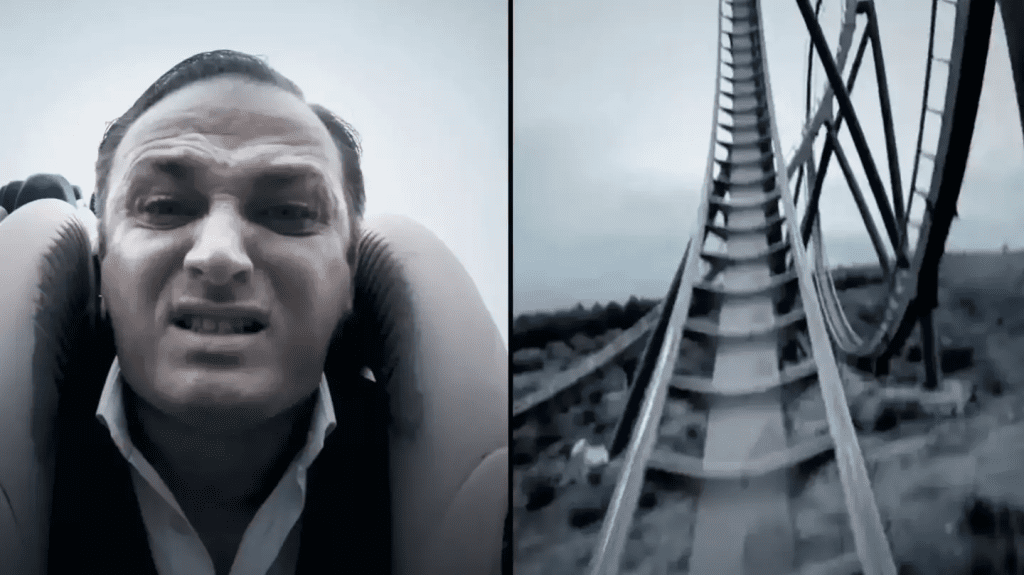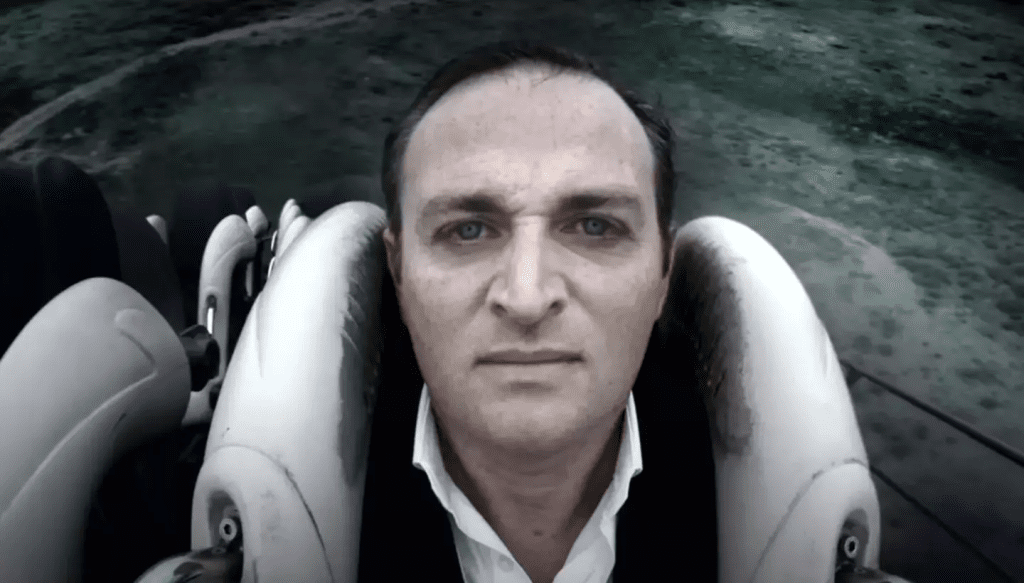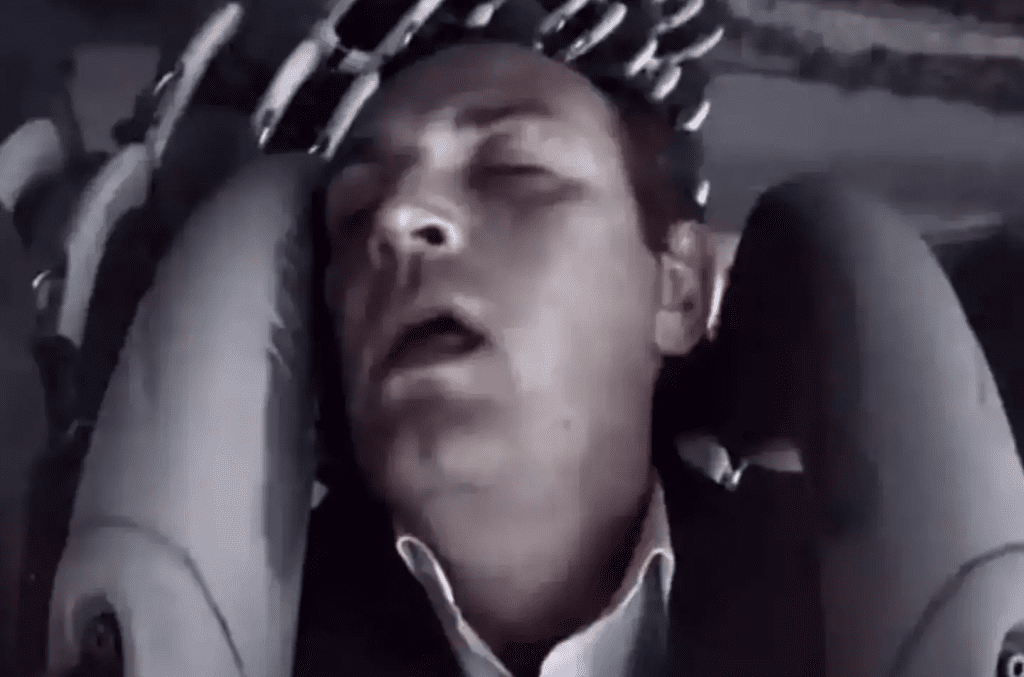Julijonas Urbonas, a Lithuanian engineer, is the creator of the controversial “euthanasia rollercoaster,” a design that would kill its riders in a chilling yet oddly thrilling way. Although it has never been built, the concept has garnered attention for its disturbing premise: a rollercoaster that leads to the death of those who choose to ride it.

The idea first came to Urbonas in 2010 while he was working on his PhD and reflecting on his childhood experiences at a theme park. What started as a dark thought soon evolved into a theoretical design for a rollercoaster that would travel at speeds of up to 223 mph—faster than many sports cars—and would include loops, sharp drops, and a deadly G-force of 10.
The design, which spans 1,600 feet, would see riders subjected to extreme physical forces. Despite its gruesome nature, the rollercoaster is a “hypothetical death machine” rather than an actual project, conceived as a form of painless, voluntary euthanasia. The idea was to provide a thrilling yet final experience, where riders would pass away in a way that, according to Urbonas, was designed to be “humane” and even “meaningful.”

Urbonas, who was a PhD candidate at the Royal College of Art in London, explained that the rollercoaster was intended to be a method of controlled death, with a focus on making it personal and ritualistic. In his vision, the ride would allow people to make an informed and voluntary choice to end their lives, albeit in a way that encourages deep reflection due to the height and danger involved.
To ensure that riders are absolutely certain of their decision, the rollercoaster design features a button that they must press to initiate the ride, symbolizing their final commitment. The structure of the ride would push the body toward “terminal velocity” before releasing the riders into a series of loops designed to increase blood pooling in the lower body and deprive the brain of oxygen. The idea is that the rider would lose consciousness, and the subsequent loops would serve as an “insurance” to guarantee their death through oxygen deprivation.

While Urbonas acknowledges the disturbing nature of the project, he also remarks that humor can serve as a way to ease the emotional weight of the concept. He suggests that the ritual of such a death, although dark, could allow for a more dignified and less fearful passage from life.
Though the euthanasia rollercoaster will likely never become a reality, Urbonas’ design remains a chilling exploration of death, technology, and human choice—offering a disturbing glimpse into the intersection of science and the most profound aspects of life.


